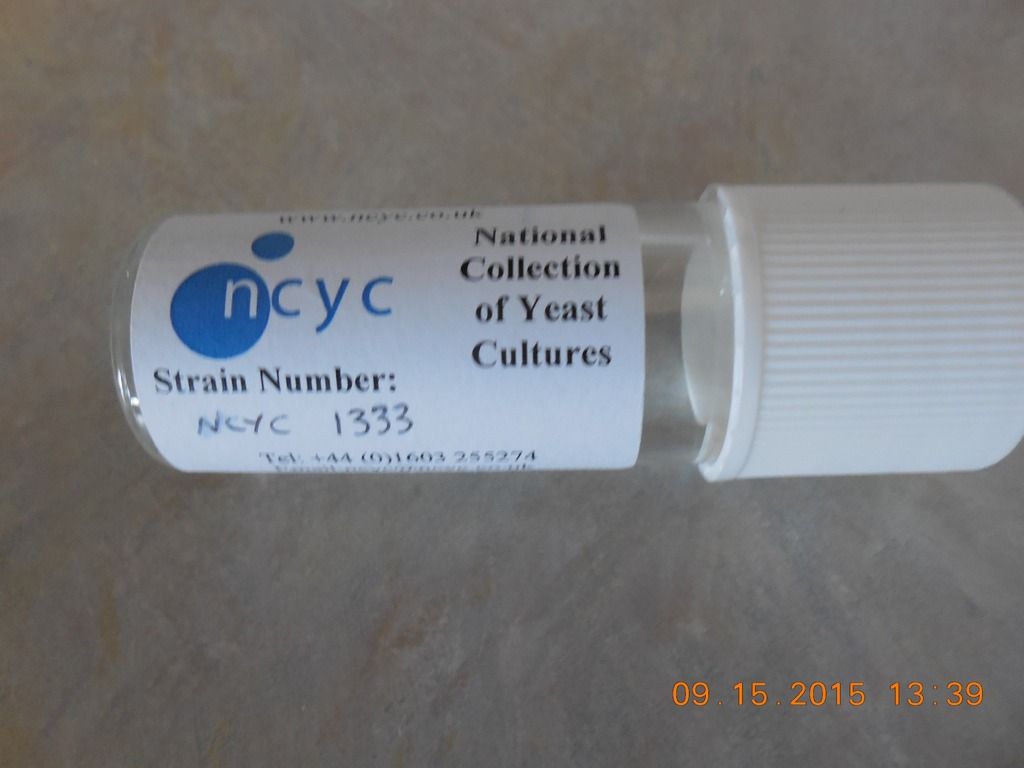I am using a non-modified Vollrath Classic stainless steel stock pot as an open fermentation vessel. I like Vollrath stock pots because they have welded handles. Vollrath sells this particular model as a 24 quart stock pot, but it is actually closer to 6.5 gallons. My standard primary batch size is approximately 3.5 gallons. I used to use a non-modified 38.5 quart Vollrath Classic stainless steel stockpot as an open fermentation vessel when my standard primary batch size was 5.5 gallons. The beauty of using a stock pot is that it can be steam sanitized by filling it with a quart or so of water, affixing the cover, and placing it on the stove.
I do not rack to a keg when open fermenting. I rack to a carboy for maturation shortly after I skim the final head. The O
2 bogeyman is just that, a bogeyman. Any O
2 that is picked up during the transfer is rapidly scrubbed from the wort by the remaining suspended yeast cells. O
2 pickup only becomes a major problem after filtration or long periods of cold conditioning.
The yeast strain in the photos is NCYC 1333. I acquired it on slant from the National Collection of Yeast Cultures (NCYC) in the Norwich, England. It is a Yorkshire square strain of all things.

